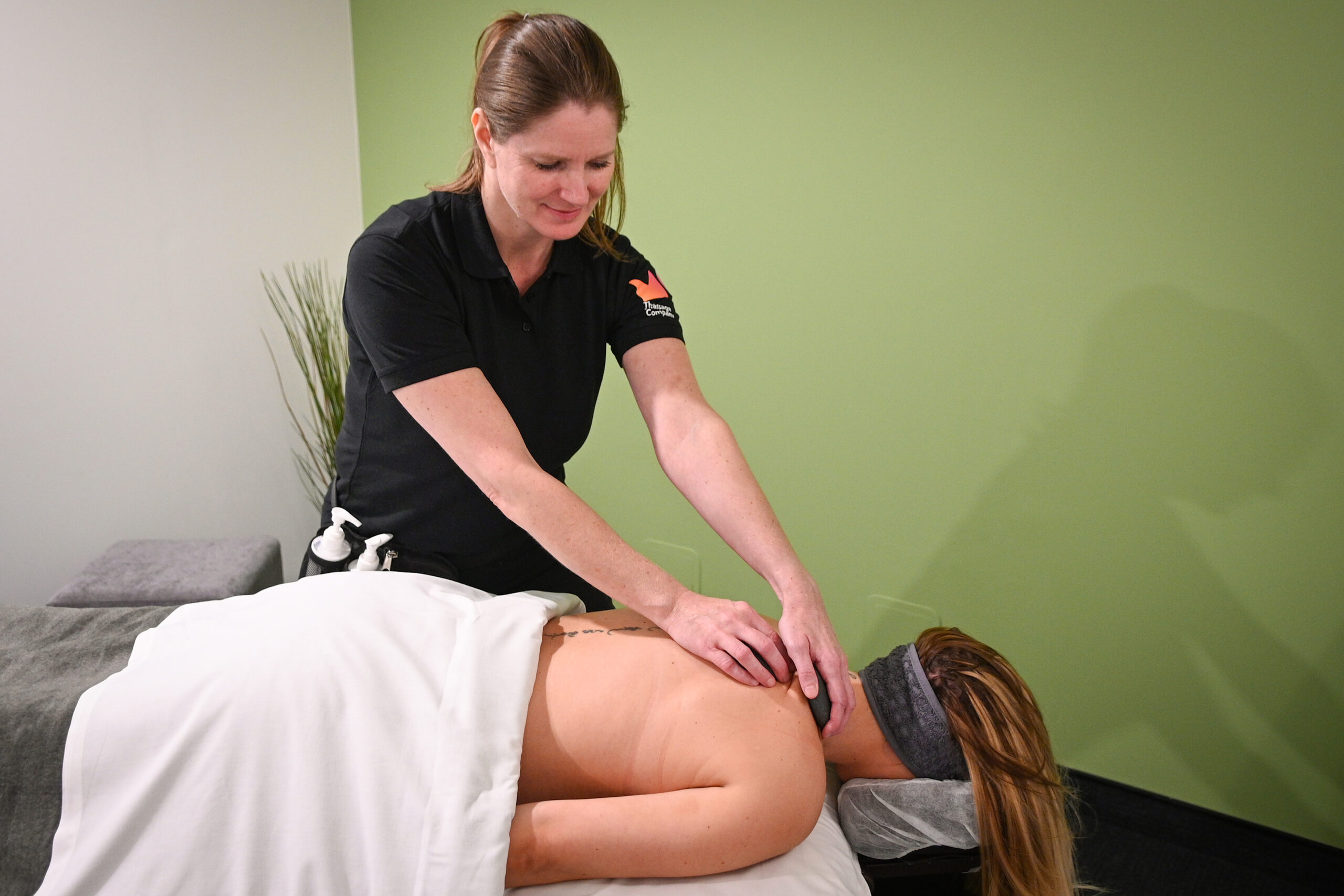The Role and Purpose of Pain
Pain is a vital signal from our body, designed to protect us. It acts as an alarm system, alerting us to potential harm and prompting us to take action to avoid injury or further damage. For example, if you touch something hot, the pain makes you pull your hand away quickly, preventing burns.
Common Misunderstandings About Pain
- Pain Equals Damage: Many believe that the intensity of pain is directly related to the extent of physical damage. However, pain can occur without any visible injury, and severe injuries can sometimes cause little pain.
- Pain is Always Bad: While pain is unpleasant, it serves a protective function. Understanding this can help in managing it more effectively.
- Rest is Best: While rest is important, too much can actually worsen pain. Gentle movement and activities, like massage, can help reduce pain and improve function.
Managing Chronic Pain
Chronic pain, which persists beyond the usual recovery period, can be challenging. Here are some strategies to manage it:
- Education: Understanding pain can reduce fear and anxiety, which can, in turn, reduce pain.
- Active Engagement: Staying active and engaged in life, rather than avoiding activities due to fear of pain, can help manage chronic pain. Massage therapy can play a crucial role here by promoting relaxation and reducing muscle tension.
- Retraining the Pain System: Techniques like massage, combined with other therapies, can help retrain the nervous system to reduce pain sensitivity.
Massage therapy can be a valuable tool in managing pain by promoting relaxation, improving circulation, and reducing muscle tension. By understanding the role of pain and addressing common misconceptions, individuals can take proactive steps towards managing their pain more effectively.
This website explains it pretty well: Pain Facts | Pain Revolution For a simplified version read the 4 pain facts, for a more detailed explanation scroll to the bottom of the page and click on one of the 9 additional topics.
This is a brief introduction into pain science, which after 21 years of being a Physiotherapist, is still complicated, even with it being my favourite subject.
I am going to put together a Q and A infosheet but there will be questions you have that I haven’t answered so you need to put them as a question to me in an email to Charlie.haswell@massagecompany.co.uk
Understanding Pain: Questions and Answers
1. What is pain?
Pain is an unpleasant sensory and emotional experience associated with actual or potential tissue damage. It serves as a warning signal to protect the body from harm1.
2. Why do we feel pain?
Pain alerts us to potential injury, prompting us to take action to avoid further damage. It is a crucial part of the body’s defense mechanism1.
3. What are the different types of pain?
4. Is pain always related to physical damage?
No, pain can occur without any visible injury. It can be influenced by psychological, social, and environmental factors1.
5. What is chronic pain?
Chronic pain persists for more than three months and can continue even after the initial injury has healed. It often requires a comprehensive management approach1.
6. Why doesn’t my pain go away?
Persistent pain can be due to various factors, including ongoing tissue damage, nerve sensitization, and psychological factors. Understanding and addressing these factors is crucial for management1.
7. How does the brain process pain?
The brain interprets nerve signals sent from the body. This interpretation can be influenced by past experiences, emotions, and context1.
8. Can pain be a good thing?
Yes, pain serves a protective function by alerting us to potential harm. However, chronic pain can become maladaptive and require management1.
9. What are common misconceptions about pain?
- Pain always means damage.
- Rest is always the best remedy.
- Pain is purely physical and not influenced by emotions or thoughts1.
10. How can massage therapy help with pain?
11. What role does the nervous system play in pain?
The nervous system transmits pain signals from the body to the brain. In chronic pain, the nervous system can become sensitized, amplifying pain signals1.
12. Can psychological factors affect pain?
Yes, stress, anxiety, and depression can exacerbate pain. Addressing these factors is important in pain management1.
13. What is the difference between acute and chronic pain?
14. How can education help in managing pain?
Understanding pain can reduce fear and anxiety, which can, in turn, reduce pain. Education empowers individuals to take an active role in their pain management1.
15. What are some effective pain management strategies?
- Physical therapy
- Massage therapy
- Cognitive-behavioral therapy
- Medications
- Lifestyle changes, such as exercise and stress management1
16. Can lifestyle changes impact pain?
17. What is the role of medication in pain management?
18. How does massage therapy promote relaxation?
19. What is the importance of staying active with chronic pain?
Staying active helps maintain physical function, reduces pain sensitivity, and improves mood. Gentle activities like walking and stretching can be beneficial1.
20. How can one retrain their pain system?
This Q&A sheet aims to provide a comprehensive understanding of pain and its management, particularly highlighting the benefits of massage therapy. If you have more questions or need further information, feel free to ask!
Stay healthy,
Charlie Haswell
National Physiotherapist, The Massage Company.

